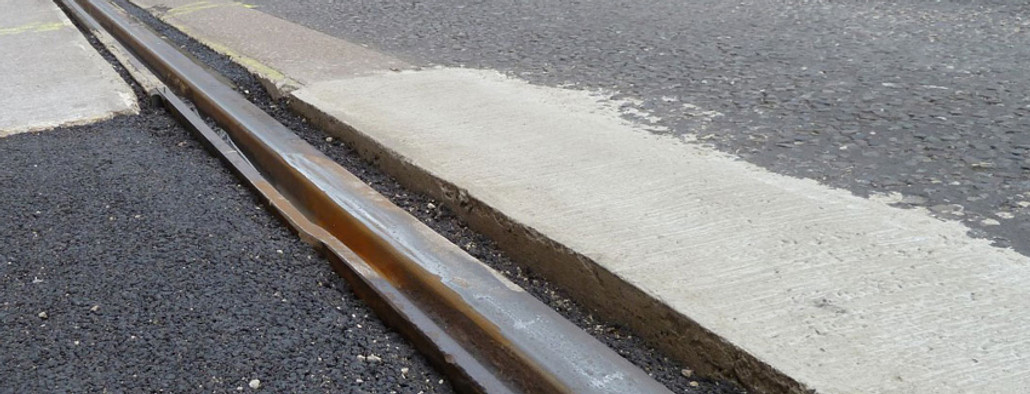Crossing Railroad Tracks On Your Motorcycle
Posted by Mike Werner on Dec 16th 2016
| It doesn’t really matter where you live, eventually you will encounter railroad tracks while riding your motorcycle. And if it’s not a railroad one, it’s a tram one. | ||
| Normally, it’s not big deal, but you do need to take into account a few basics. | ||
| The rail track is made out of metal. Metal, when wet gets slippery. So if you are crossing or riding close to them, and it has been raining, better watch out since its like riding over a metal manhole plate on the road: slippery when wet! | ||
| The second warning is that these rail tracks are usually slightly higher on the road than then the road itself. Again, no biggie, but you do need to keep in mind that your motorcycle is going to go “bump” when riding over them. | ||
| But the last issue is the more critical one: the space in between the tracks. Now if you are riding a cruiser with tires as thick as elephant trucks, ignore what I’m writing. But if you’re riding a motorcycle with normal, even skinny tires, this is where you really need to pay attention. | ||
| Your motorcycle tires can edge into the empty space in between the tracks, and unless you riding in the direction of the railroad tracks, you are going to go down. Obviously, the risk of your motorcycle tires getting stuck in between the rails is next to nothing (unless you are riding a bicycle), but the rails will nudge your tires into the wrong direction. | ||
| How to avoid crashing when crossing railroad tracks | ||
|
|
You need to steer your motorcycle to get the biggest possible angle when crossing the tracks. 90° crossing angle is the best but usually impossible, but even 20° will keep you safe. Taking a track at less is inviting a problem. | |
| So when you are riding on a road with a rail track parallel with your ride and you need to get to the other side of the tracks, get the biggest possible angle before attempting to cross those tracks. | ||
| This way you alleviate all three issues regarding railroad or tram tracks. | ||
| Remember: railroad tracks = biggest possible angle before crossing | ||


